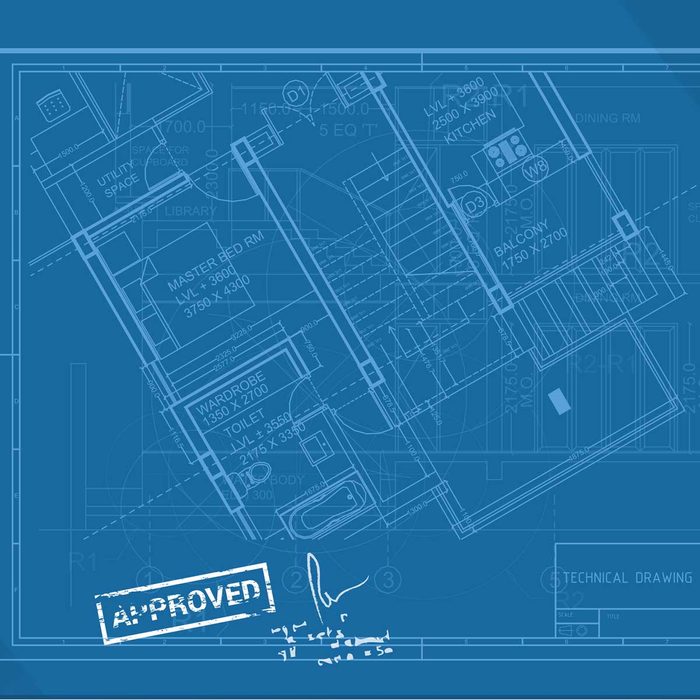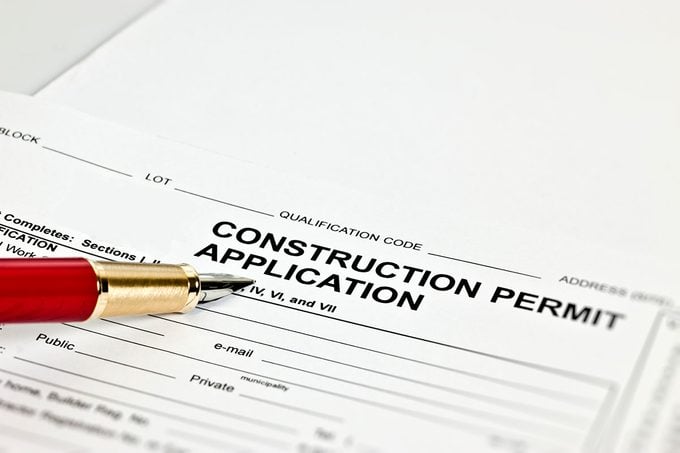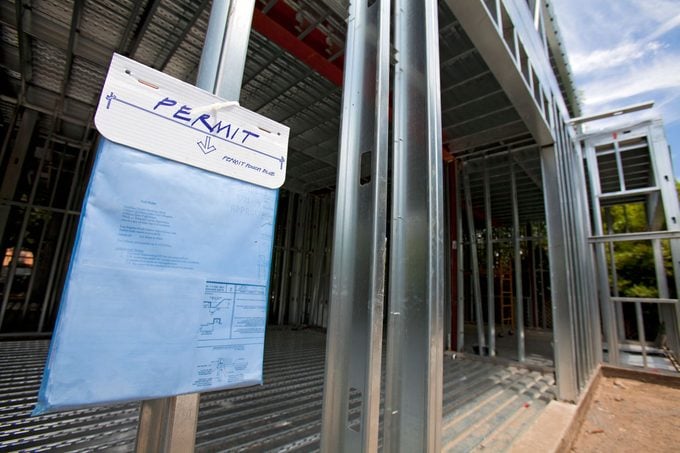How to Pull Permits for a DIY Home Build
Updated: May 24, 2023

The building permit process has a bad reputation among DIYers. Let's bust some myths and look at the truth when it comes to pulling permits.
Many DIY enthusiasts cringe when they consider working on any project large enough to require pulling a building permit. But this concern is largely unjustified.
Building permits may not be fun, but they can be an effective double check for DIYers to be sure they’re doing things safely and legally as they build or renovate their home. We’ll take a quick look at some of the most common questions about pulling permits, and talk about why the permit process can be beneficial to DIYers.
It’s essential to stress that permit requirements vary by county and city in the U.S. We’ll offer advice and guidelines that apply in many areas, but there’s no one guide for this process. Always verify the requirements and procedures for your specific location.
With that said, let’s talk permits!
On This Page
What Is a Building Permit?
Pulling a permit simply means informing the local building department of your upcoming project and sometimes arranging for them to inspect the work to make sure it’s done to code. The phrase “pulling a permit” is simply slang for filing the permit application paperwork.
Are Permits Different for DIY Home Builds vs. Contractor-Built Homes?

In most areas, the permit process for residential work is the same no matter if the work will be done by the homeowner or by a contractor. Some municipalities have different “homeowner” or “contractor” forms, but these forms are substantially the same. What does change is the attitude of the inspectors when assessing the project.
Much of the permit process is designed to protect homeowners from contractors who cut corners to save money, resulting in dangerous or incomplete work. Because inspectors know a homeowner would never do that to their own home, the inspection process often becomes more about helping DIYers do things properly, rather than a punitive system.
Where Do You Get Building Permits?
Permits are issued by local building departments. In the U.S., that’s most often through a city or county government, depending on what jurisdiction your home falls under. Sometimes permits are required for surprisingly small jobs, while even large renovations can fall under repair work and be done permit-free.
You’ll need to check with your specific building department to learn the steps required to pull a permit for your project, or if a permit is required at all!
Who Obtains Building Permits?

When building a home, the responsibility to pull permits normally falls on the builder. If you’re taking the DIY route, then you’ll be responsible for pulling permits. That said, if you bring in an expert to do specialist work such as electrical, then you can either let the subcontractor pull that specific permit, or you can pull it for them.
Once the permit is pulled, you’ll need to keep it on the jobsite at all times, and make sure it’s available for any scheduled inspections. If you pulled permits for a subcontractor, be sure to agree who’ll be responsible for that inspection.
What Information Is Required for Building Permits?
Most building departments want to know the size and scope of the project. For a straightforward job such as reroofing, a one-page form that states the size of the roof and the old and new roofing materials is usually sufficient. Complex projects like a new home build will likely require blueprints, a list of materials, estimated budget, timeline and a list of subcontractors. The building department may call you in to ask questions and clarify any potential difficulties. These meetings can be intimidating, but if you go in with an open mind and positive attitude they can turn into a free consultation with a qualified pro. Ask questions and be open to guidance, and you’ll find that most building officials will help you achieve your goals in the end.
How Much Do Building Permits for a DIY Home Build Cost?
Once again, this is one of those things that varies by location. In most areas, expect to pay somewhere between $750 and $2,000 for permits on a full home build or large addition.
Many building departments have an online price guide that gives general numbers, even if the final cost will be determined by a number of factors, such as the physical size of the home and the specific project specs.
What Happens If I Don’t Get Building Permits?
The larger and more visible the project, the more likely it is that you’ll be caught, and the more severe the penalties. It’s effectively impossible to build a home or a large addition without pulling the required permits.
If you do try to build a house without permits, at the very least you’re looking at a “stop work” order, which will require that no work be done while the building department reviews the project to make sure that you’re within standards. Never try to work outside the stop work order. Depending on the local ordinances, you could face penalties that range from steep fines to jail time.
In the exceedingly slim chance that you somehow managed to bring in the materials and equipment to build an entire house without alerting the local building department, you’ll still likely have issues when you go to insure or sell the property. Anyone who checks the history of that home will quickly realize that the work was not permitted. That can be a reason for insurance companies to drop coverage or deny claims, and it can scare away potential buyers years or even decades after the work is done.
In short, if you’re building a home or major addition, it’s well worth the time and money to get the required permits and inspections.